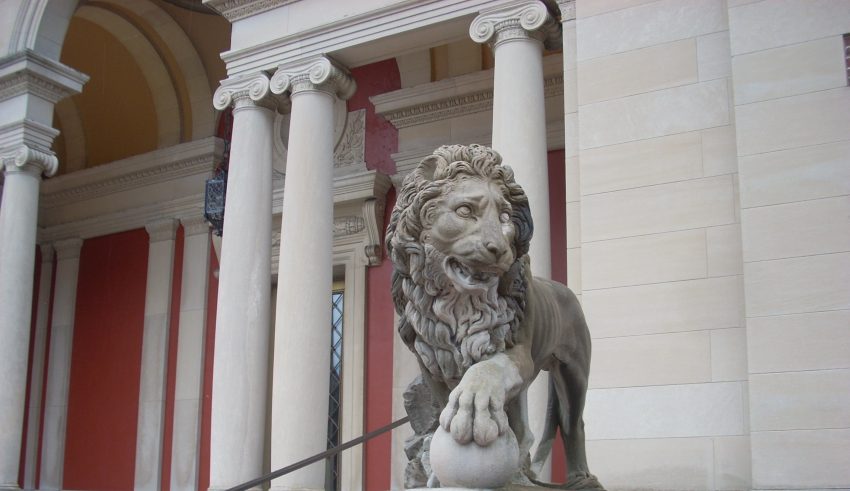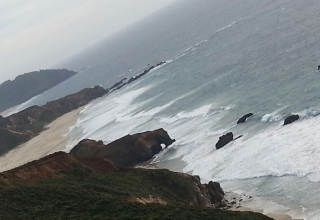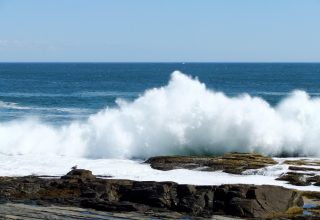
The paradigm of decision-making in complex systems is radically different from the classical model of decision theory. Complexity theory teaches us that the future is truly unknowable, not just unknown. Stacey writes, “Creative futures emerge unpredictably from self organizing interactions between members; therefore, they clearly cannot use some forecast of long-term outcomes to decide between one action and another.” As previously mentioned, Stacey discusses the assumption in classical decision theory that the future is merely unknown and that by applying more resources to the effort we can discover it. We cannot assign probabilities, future values and risk estimations since we live in a dancing landscape.
Classical decision theory is based on the assumption of rationality; agents act in rational ways in search of solutions that are rationally measured. Complexity theory recognizes the strong dynamic of the entire psychological milieu within the organization. We cannot represent all the elements of decision-making on strictly rational grounds.
Complexity theory teaches us that the goal of stability and uniformity in the organization may be a self-defeating one. Stacey writes, “Organizations are systems that are part of a larger environmental system and that evolve through a process of creative destruction and spontaneous self organization. Such evolving systems are in states of non-equilibrium, and their futures are unpredictable. Disorder is an essential part of the progress of the system. Organizational and environmental systems are so complex that agents within them cannot plan their long-term futures. Those futures emerge or evolve from the interactions between agents.”
Complexity theory teaches us about the process of learning, changing, adapting and creating within an organization. Organizations exist on a continuum from highly structured to disordered. In a highly structured organization authority flows down from the roles occupied by the powerful. As a result most members of the organization are left with little individual freedom. The work of the majority of members is to implement actions intended to achieve the outcomes intended by the powerful authorities within the stable organization. However, complexity theory shows us that learning, change, and creativity occur in the disordered state at the edge of chaos. So as authorities create a more stable and structured organization, they create an environment less likely to produce learning and creativity.
The current nature of management is based on the premise that order in an organization is maintained by strong management and clearly defined and enforced structure. However, the science of complexity shows that order is a bottom-up phenomenon, not top-down. Self-organization is an attribute of complex systems and management need not fear anarchy.
Download Article 1K Club

















